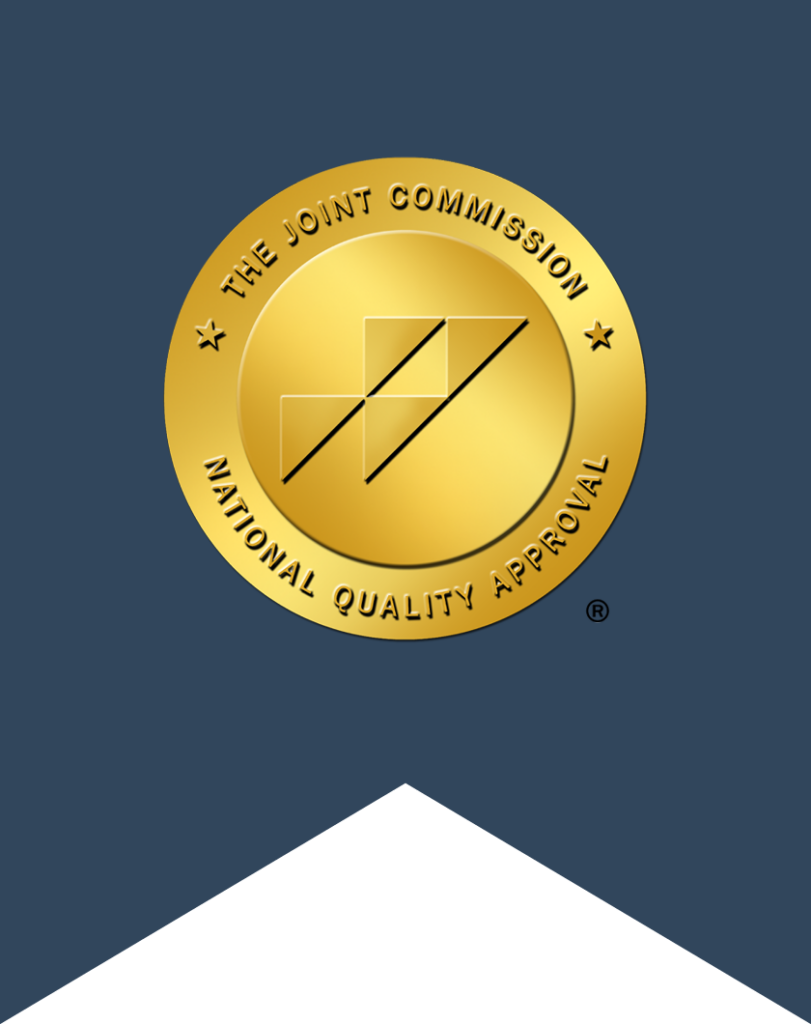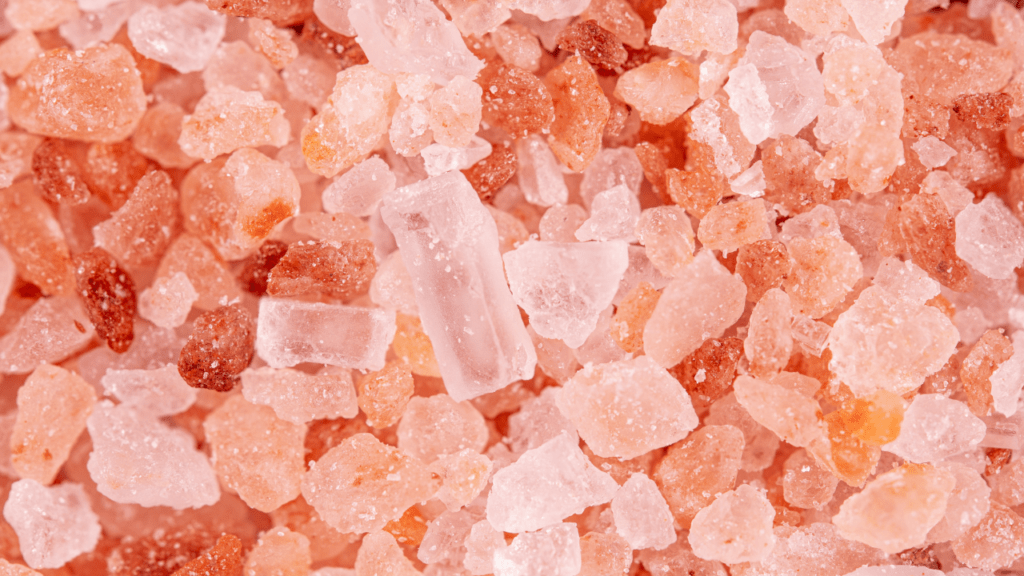In recent years, a new class of designer drugs has emerged, posing significant risks to public health and challenging both law enforcement and addiction treatment professionals. Synthetic cathinones, commonly known as “bath salts,” have rapidly gained notoriety for their potent stimulant effects and unpredictable consequences. This comprehensive guide delves into the world of bath salts, exploring their origins, effects, and the critical need for professional intervention in cases of addiction.
Understanding Synthetic Cathinones
Synthetic cathinones are human-made stimulants chemically related to cathinone, a substance naturally found in the khat plant. While natural cathinones have been used for centuries in certain cultures, their synthetic counterparts are far more potent and dangerous.
These lab-created drugs are designed to mimic the effects of controlled substances while attempting to circumvent existing drug laws. The result is a group of compounds that can be significantly more potent and unpredictable than their natural counterparts, leading to severe health risks and addictive potential.
The Rise of Bath Salts: A Brief History
The term “bath salts” emerged as a marketing ploy in the late 2000s. Manufacturers labeled these substances as “bath salts” or “plant food” and marked them “not for human consumption” to evade regulatory scrutiny. Despite these misleading labels, the products were clearly intended for recreational drug use.
Bath salts first gained widespread attention in the United States around 2010-2011, with a sharp increase in emergency room visits and calls to poison control centers related to their use. The drugs quickly spread across the country, leading to numerous reports of bizarre and violent behavior among users.
Common Street Names and Forms
Bath salts are known by various street names, including:
- Flakka
- Bloom
- Cloud Nine
- Cosmic Blast
- Ivory Wave
- Lunar Wave
- Vanilla Sky
- White Lightning
These drugs typically come in the form of a white or brown crystalline powder and are sold in small plastic or foil packages. They can be swallowed, snorted, smoked, or injected, with each method of administration carrying its own set of risks.

Effects on the Brain and Body
Synthetic cathinones primarily affect the brain by increasing levels of dopamine, norepinephrine, and serotonin. These neurotransmitters are responsible for regulating mood, attention, and the reward system in the brain. By artificially boosting these chemicals, bath salts produce intense euphoria, increased energy, and heightened alertness.
However, the effects of bath salts extend far beyond a simple “high.” Users often experience:
- Rapid heart rate and palpitations
- Elevated blood pressure
- Hyperthermia (dangerously high body temperature)
- Extreme agitation and paranoia
- Hallucinations and delirium
- Seizures
- Muscle breakdown (rhabdomyolysis)
Short-term and Long-term Effects
The short-term effects of bath salt use can be severe and potentially life-threatening. In addition to the immediate physical and psychological effects mentioned above, users may experience:
- Violent behavior
- Self-injury
- Panic attacks
- Severe dehydration
- Kidney failure
- Breakdown of skeletal muscle tissue
Long-term effects of bath salt use are still being studied, but early research and clinical observations suggest potential consequences including:
- Persistent psychosis
- Cognitive impairment
- Cardiovascular damage
- Chronic anxiety and depression
- Liver and kidney damage
- Increased risk of stroke
Addictive Potential
Synthetic cathinones have a high potential for addiction due to their powerful effects on the brain’s reward system. A study published in the journal Neuropsychopharmacology in 2023 found that the addictive potential of certain synthetic cathinones may even surpass that of methamphetamine.
Users often report intense cravings and a compulsive need to redose, leading to binges that can last for days. This pattern of use significantly increases the risk of adverse effects and can rapidly lead to physical and psychological dependence.
Legal Status and Regulatory Challenges
The legal landscape surrounding synthetic cathinones is complex and ever-changing. In 2011, the DEA used its emergency scheduling authority to ban three common synthetic cathinones: mephedrone, methylone, and MDPV. Since then, many individual synthetic cathinones have been classified as Schedule I controlled substances.
However, manufacturers continually modify the chemical structures of these drugs to create new compounds that are not yet specifically banned. This “cat and mouse” game presents ongoing challenges for lawmakers and law enforcement agencies.
In response, some jurisdictions have implemented analog laws, which allow for the prosecution of cases involving substances that are chemically similar to known illegal drugs. Despite these efforts, new synthetic cathinones continue to emerge on the illicit drug market.
Recognizing Bath Salt Addiction
Identifying bath salt addiction can be challenging due to the wide range of symptoms and the tendency for users to be secretive about their use. However, some common signs and symptoms include:
- Frequent mood swings
- Increased agitation and paranoia
- Noticeable changes in sleep patterns
- Decreased attention to personal hygiene
- Financial problems or unexplained spending
- Social withdrawal
- Possession of powders or crystals in small plastic bags
- Paraphernalia such as rolled-up banknotes or cut straws
If you suspect a loved one is struggling with bath salt addiction, it’s crucial to seek professional help immediately.
The Dangers of Polydrug Use
Mixing bath salts with other substances significantly increases the risk of adverse effects and overdose. Common dangerous combinations include:
- Bath salts and alcohol: This combination can lead to severe dehydration, increased risk of organ damage, and unpredictable behavior.
- Bath salts and opioids: This mix heightens the risk of respiratory depression and overdose.
- Bath salts and other stimulants: Combining multiple stimulants can cause dangerous elevations in heart rate and blood pressure, potentially leading to heart attack or stroke.
Treatment Approaches for Bath Salt Addiction
Treating bath salt addiction requires a comprehensive, individualized approach. At Destination Hope, we recognize the unique challenges posed by synthetic cathinone addiction and have developed specialized programs to address these issues.
Our treatment approach includes:
- Medical Detoxification: Supervised withdrawal management to ensure safety and comfort during the initial phase of recovery.
- Cognitive Behavioral Therapy (CBT): Helping clients identify and change thought patterns and behaviors associated with drug use.
- Motivational Interviewing: Enhancing motivation for change and commitment to recovery.
- Group Therapy: Providing peer support and opportunities to develop coping skills in a supportive environment.
- Dual Diagnosis Treatment: Addressing co-occurring mental health issues that may contribute to or result from bath salt use.
- Family Therapy: Involving loved ones in the recovery process to rebuild relationships and create a supportive home environment.
- Aftercare Planning: Developing a comprehensive plan for ongoing support and relapse prevention post-treatment.
Our experienced team of addiction specialists is equipped to handle the complex physical and psychological effects of bath salt addiction. We stay abreast of the latest research and treatment modalities to provide the most effective care possible.
The Importance of Professional Help
Bath salt addiction is a serious and potentially life-threatening condition that requires professional intervention. The unpredictable nature of these drugs, combined with their potent effects on the brain and body, make self-treatment extremely dangerous.
At Destination Hope, we provide a safe, supportive environment where individuals can begin their journey to recovery. Our evidence-based treatment programs are designed to address not only the addiction itself but also the underlying factors that may have contributed to substance use.
Call Us Today
Synthetic cathinones represent a significant and evolving threat to public health. Their potency, unpredictability, and addictive potential make them particularly dangerous among the landscape of illicit drugs. However, with proper treatment and support, recovery from bath salt addiction is possible.
If you or a loved one is struggling with bath salt addiction, don’t wait to seek help. The path to recovery begins with a single step.
Call Destination Hope today at 954-302-4269 to speak with one of our addiction specialists and learn more about our comprehensive treatment programs. Your journey to a healthier, drug-free life starts here.

